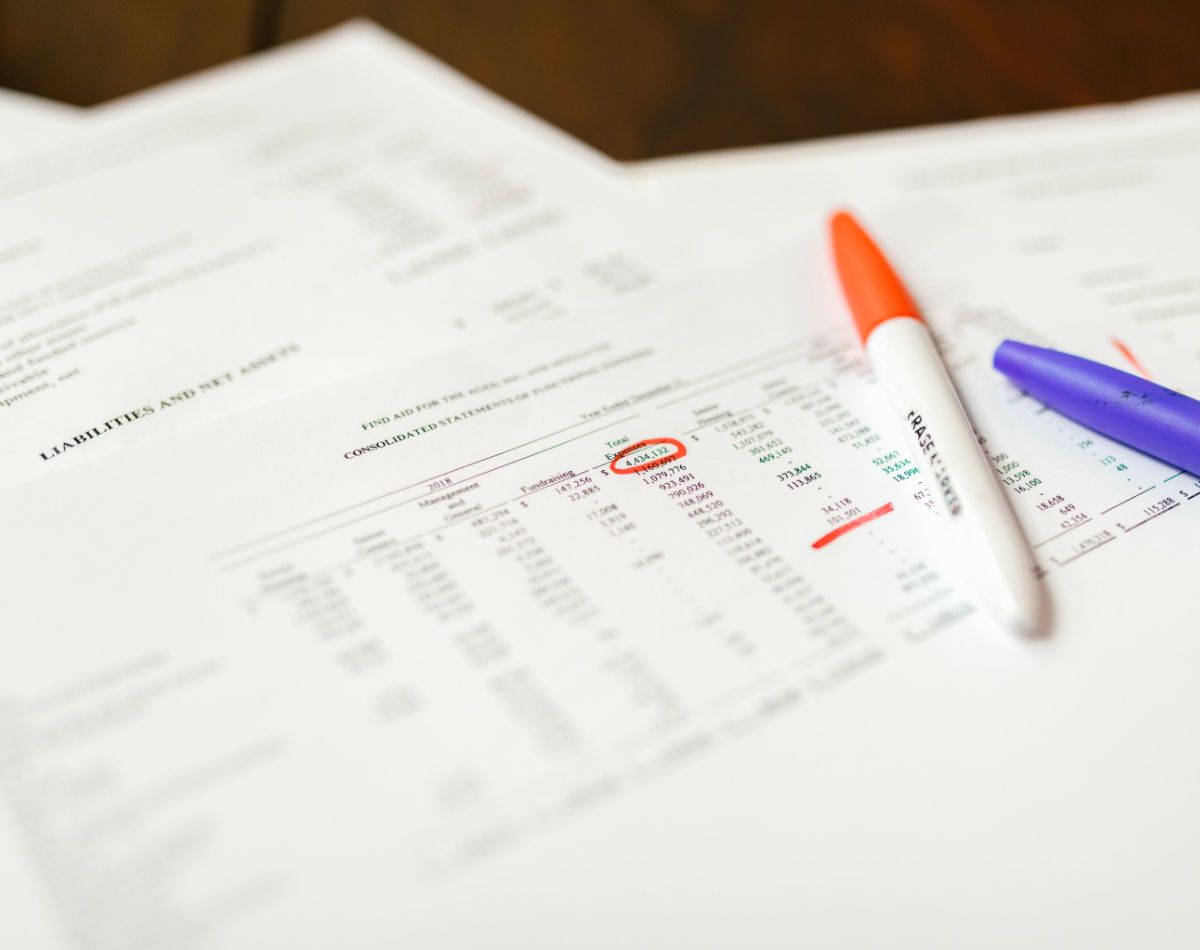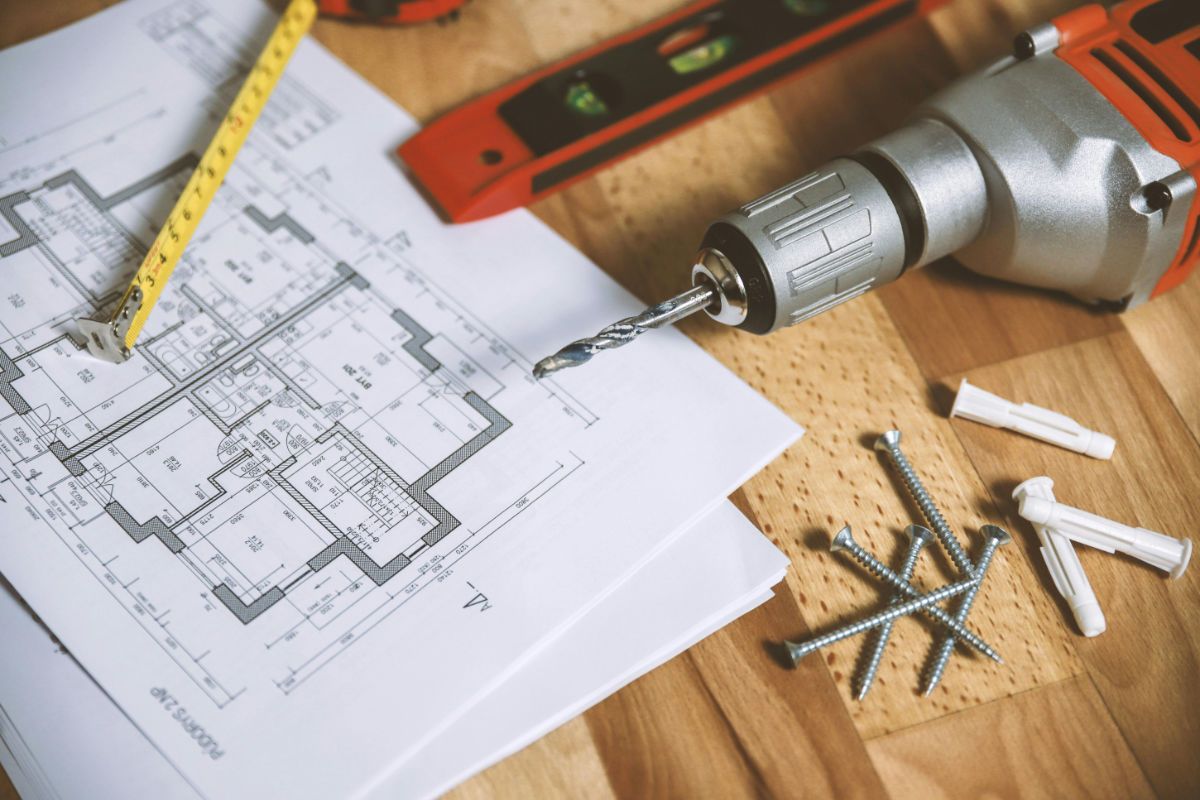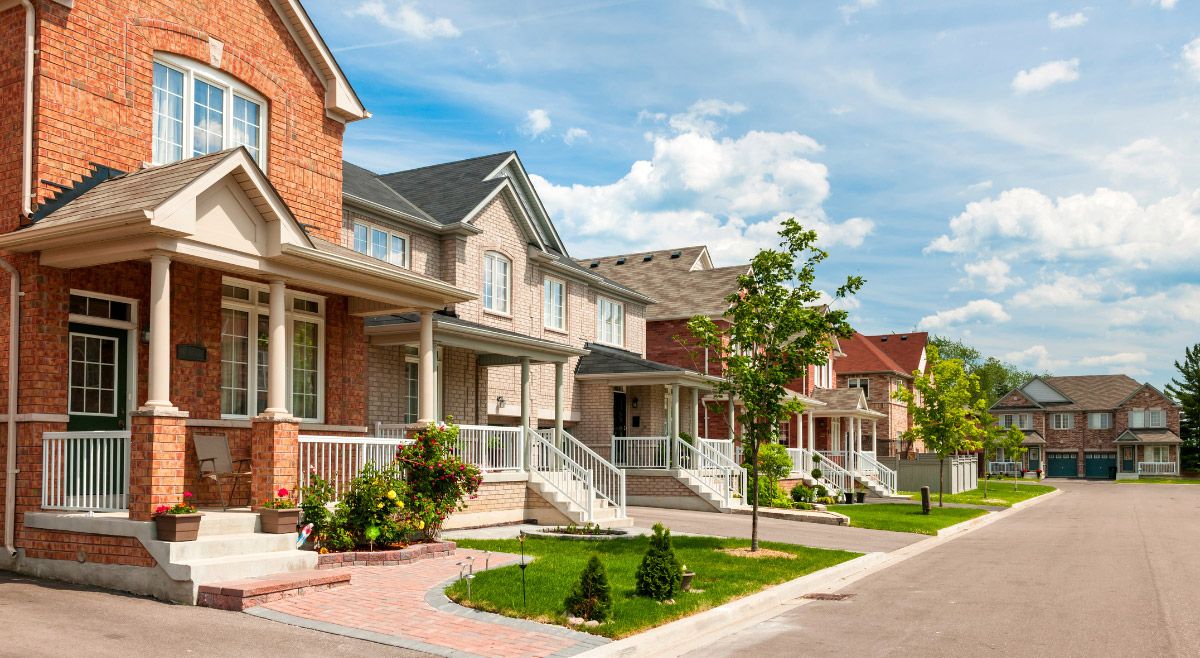Southaven Property Management Guide: Leasing Steps, Laws, And Owner Answers
Owning rental property in Southaven can be wonderfully steady, if you set it up right. This Southaven property management guide walks you through the local rental market, the practical leasing steps, key Mississippi landlord–tenant laws, and the owner FAQs you ask most. You’ll get clear, usable guidance you can put to work today, whether you self-manage or partner with a professional.
Southaven Rental Market Snapshot
Southaven sits just south of Memphis, with strong commuter demand, solid schools, and plenty of single-family rentals. Because you’re in DeSoto County, you benefit from suburban stability while still drawing tenants who work in Memphis. That mix typically supports steady demand for 3–4 bedroom homes and townhomes.
What to expect in broad strokes:
- Seasonality: Leasing usually runs hottest late spring through early fall. Winter move-ins happen, but plan for longer marketing times.
- Property types that move: Well-kept single-family homes with garages and fenced yards rent fastest. Updated kitchens, LVP flooring, and pet-friendly policies widen your applicant pool.
- Pricing reality: Tenants compare Southaven to nearby Horn Lake, Olive Branch, and Memphis suburbs. If you overshoot market rent by even 5–7%, days on market can stretch out.
Bottom line: In Southaven, present a clean, safe, updated home and price within the current comp range. That’s your shortest path to a qualified tenant and less vacancy.
Owner Vs. Manager Responsibilities
If you self-manage, you’ll wear every hat. If you hire a property manager, you’ll offload day-to-day work but still make strategic decisions as the owner.
Typically you, the owner, handle:
- Setting investment goals, budgets, and approval thresholds for repairs and turns.
- Funding make-ready work, capital improvements, insurance, and taxes.
- Final approvals on tenant selection criteria, rent pricing bands, and lease terms.
A property manager typically handles:
- Pricing recommendations based on comps and days-on-market data.
- Marketing, showings, fair-housing-compliant screening, and lease execution.
- Rent collection, late notices, enforcement, and eviction coordination if needed.
- Maintenance coordination, vendor management, and 24/7 emergency response.
- Inspections, documentation, bookkeeping, owner statements, and 1099s.
Clear roles, and in writing, prevent confusion when issues pop up.
Leasing Steps In Southaven
Prepare And Price The Property
- Safety and code basics: Test smoke/CO detectors, rekey or change locks, check handrails, and ensure all utilities function. Clean professionally and address odors, tenants decide fast.
- Smart upgrades: Fresh paint in a neutral color, durable LVP flooring in living areas, LED lights, and low-flow fixtures. Small touches (cabinet pulls, modern faucets) make photos pop.
- Pricing: Pull 3–5 recent comps within a mile, similar beds/baths, condition, and school zone. In Southaven, tenants are price sensitive: a narrow range and periodic adjustments beat wishful pricing.
Market The Vacancy Effectively
- Listing copy: Lead with benefits tenants care about, school zoning, commute times, storage, fenced yard, pet policy. Keep sentences short and specific.
- Photos and video: Bright, horizontal shots: decluttered rooms: exterior, yard, and a 60–90 second walkthrough video.
- Distribution: Major ILS sites, yard sign (if appropriate), social groups, and your website. Respond to inquiries quickly, speed wins.
- Self-guided showings: Consider secure lockbox or smart access for verified prospects: just ensure you document identity checks.
Screen Applicants Legally And Consistently
- Criteria: Publish written, uniform criteria (income multiple, credit history, rental history, criminal screening parameters). Apply them consistently to avoid fair housing issues.
- Verification: Use pay stubs, W-2s, or employer VOE: contact prior landlords: run credit and nationwide eviction/criminal reports where lawful.
- Fair Housing: Follow federal law (race, color, religion, sex, national origin, familial status, disability). Mississippi has no broad statewide additions, but always check for any local rules and update your criteria accordingly.
- Assistance animals: These aren’t pets. Handle reasonable accommodation requests under the Fair Housing Act.
Draft The Lease And Complete Move-In
- Lease essentials: All adult occupants on the lease: clear rent amount, due date, grace period, late fees, pet terms, lawn/pool responsibilities, utility splits, and notice requirements.
- Funds and paperwork: First month’s rent and any approved deposits certified and cleared before keys: government-issued IDs: addenda for HOA rules if applicable.
- Move-in condition: A detailed move-in inspection with time-stamped photos/videos, a condition checklist signed by the tenant, and meter readings. This protects both sides.
Key Mississippi Landlord–Tenant Laws
Mississippi law governs how you collect deposits, handle notices, and proceed with evictions. Laws can change, verify current statutes or consult a Mississippi attorney for nuanced situations. Here are core highlights relevant to Southaven owners.
Security Deposits And Return Timelines
- Amount: Mississippi doesn’t set a specific statewide cap on security deposits. Choose a reasonable amount aligned with market risk.
- Holding and use: You can apply the deposit to unpaid rent and damages beyond ordinary wear and tear. Keep good records.
- Return: Generally, you must return the deposit balance with an itemized list of deductions within 45 days after the tenancy ends and you regain possession.
Notices, Renewals, And Terminations
- Month-to-month: Either party may typically terminate with at least 30 days’ written notice.
- Lease-end: Your lease governs renewals. Give clear notice timelines in writing to avoid confusion.
- Nonpayment or breach: Provide the statutory notice required before filing for eviction. Keep copies and send notices by a provable method.
Evictions: Grounds, Notices, And Process
- Grounds: Nonpayment of rent, material lease violations, or holdover after lease end.
- Process: Serve the proper notice, then file in the appropriate Mississippi court (often justice court) if the issue isn’t cured. No self-help, no changing locks or shutting off utilities without a court order.
- Timeline: Court availability and service of process drive timing. Accurate paperwork and documentation help prevent delays.
Repairs, Habitability, And Right Of Access
- Habitability: Provide safe, sanitary housing and comply with applicable building and housing codes. Make repairs within a reasonable time after notice.
- Right of access: Mississippi law doesn’t specify a universal advance-notice rule for entry, but best practice is to give reasonable notice (24 hours when practical) except for emergencies.
- Tenant remedies: Where the landlord fails to address serious issues after notice, tenants may pursue legal remedies. Mississippi does not have a broad “repair-and-deduct” statute, handle repair requests promptly and document everything.
Operating Your Rental Smoothly
Rent Collection, Late Policies, And Fees
- Payment methods: Offer online portals with ACH and card options. Fewer paper checks = fewer headaches.
- Clear policy: Spell out due dates, grace periods, late fees, and NSF fees in the lease. Mississippi doesn’t set state caps on late fees, use amounts that are reasonable and defensible.
- Communication: Send automated reminders before and after due dates. If rent is late, follow your notice-and-escalation process consistently.
Maintenance Workflows And Emergency Response
- Intake: A single place for tenants to submit work orders (portal or email). Auto-acknowledge requests and track SLAs.
- Triage: Life/safety and property-damage issues (gas leaks, active water, HVAC outage in extreme temps, electrical hazards) get immediate attention. Everything else is scheduled fast but reasonably.
- Vendors: Pre-vet licensed and insured vendors. Set not-to-exceed limits so routine fixes aren’t delayed.
- Prevention: Seasonal HVAC service, gutter cleaning, smoke detector battery checks, and pest control save you from bigger bills later.
Inspections, Documentation, And Recordkeeping
- Scheduled checks: Do a detailed move-in and move-out plus at least one mid-lease walkthrough (with proper notice). Look for leaks, filter changes, and lease compliance.
- Documentation: Date-stamped photos/videos, invoices, receipts, and written communications stored in one place. If you ever end up in court, this wins cases.
- Financials: Keep a clean ledger, separate operating and reserve accounts, and set aside a maintenance reserve (many owners keep 5–8% of annual rent for routine issues).
Common Owner Concerns And Solutions
Reducing Vacancy And Turnover
- Price to the market, not your mortgage. Even $50 over fair market can add weeks of vacancy.
- Approve pets thoughtfully, pet-friendly homes lease faster. Pair approvals with strong pet addenda and fees.
- Renew early: Check in 90–120 days before lease end, offer tiered renewal options, and adjust rent modestly to keep good tenants.
- Speed up turns: Preorder materials, schedule painters/cleaners before move-out, and do a pre-move-out walkthrough to cut surprises.
Pets, Assistance Animals, And Risk Controls
- Pets: Use pet screening, limit breed/size if you choose, collect pet rent and/or nonrefundable pet fees if lawful, and require renters insurance with liability coverage.
- Assistance animals: These aren’t pets. Handle ESA/service animal requests under fair housing rules, no pet fees, but you can require reliable documentation for ESAs.
- Yard and flooring durability: Fenced yards, washable paints, and LVP flooring reduce long-run pet damage.
Damage, Wear-And-Tear, And Deposit Claims
- Define expectations: Your lease should outline maintenance responsibilities (filters, lawn, pest prevention) and required notice for issues.
- Document condition: Move-in checklists plus high-resolution, time-stamped photos are your best friend when assessing security deposit deductions.
- Reasonable charges: Bill only for tenant-caused damage beyond ordinary wear and tear, with itemized invoices or estimates. Consistency keeps you fair, and defensible.
- Timely returns: Aim to finalize deposit accounting quickly: Mississippi’s 45-day return window comes faster than you think.
Conclusion
The Southaven property management playbook isn’t complicated, but it does reward discipline. Prep the home well, price to the market, screen consistently, and run clear processes for rent, maintenance, and documentation. Know the Mississippi laws that matter, deposits, notices, habitability, and evictions, and follow them to the letter. Do that, and you’ll protect your downside while giving good tenants a great place to live.
If you’re unsure about a legal step, don’t guess. Call a Mississippi landlord–tenant attorney or a reputable Southaven property manager. A quick consult now is almost always cheaper than a fix later.
Key Takeaways
- Price to current Southaven comps and seasonality, keep homes clean and updated, and avoid overpricing by 5–7% to cut vacancy.
- Put owner vs. manager duties in writing so strategy, screening, maintenance, and accounting run without confusion.
- Follow the leasing steps: prep and photograph the home, market widely, apply uniform Fair Housing–compliant screening, and use a detailed lease with a documented move-in inspection.
- Know Mississippi laws: itemize and return deposits within 45 days, use proper notices, never use self-help for evictions, and give reasonable entry notice except in emergencies.
- Operate like a pro: set clear rent and late-fee policies, triage maintenance fast, document everything, renew 90–120 days early, and handle pets vs. assistance animals correctly in Southaven property management.
Southaven Property Management FAQs
What does a Southaven property management guide cover for new landlords?
A solid Southaven property management guide explains the local rental market, owner vs. manager responsibilities, step‑by‑step leasing, and key Mississippi landlord–tenant laws. Expect practical tips on pricing, marketing, screening, lease drafting, inspections, deposit handling, notices, and maintenance processes—so you minimize vacancy, stay compliant, and protect your investment.
What are the essential leasing steps in Southaven to place a qualified tenant?
Prep the home for safety and code basics, make smart upgrades, and price using 3–5 local comps. Market with clear benefits, quality photos, and fast responses. Use fair-housing-compliant written criteria, verify income and rental history, run lawful reports, then execute a detailed lease and document move‑in condition thoroughly.
Which Mississippi landlord–tenant laws should Southaven owners know before leasing?
Mississippi sets no statewide cap on security deposits and generally requires returning the balance with an itemized statement within 45 days after possession. Avoid self-help evictions; serve proper notices and file in court if needed. Provide habitable housing, make timely repairs, and give reasonable entry notice—24 hours is best practice.
How should I price a Southaven rental to reduce vacancy and attract applicants?
Price within the current comp range for similar beds, baths, condition, and school zone, and adjust periodically. In Southaven, clean, updated homes with features like LVP flooring, fenced yards, and pet-friendly policies rent faster. Even a 5–7% overpricing can significantly extend days on market and increase turnover risk.
How much do Southaven property management companies typically charge?
Most Southaven property management fees are competitive with regional norms: often 8–12% of monthly rent for management, plus a one‑time leasing fee and occasionally lease‑renewal or setup fees. Pricing varies by services (leasing only vs. full‑service, 24/7 maintenance, inspections). Always compare scope, reporting, response times, and cancellation terms.
What insurance should Southaven rental property owners carry?
Carry a landlord policy (often DP‑3) with dwelling coverage, loss‑of‑rents, and liability protection; add ordinance or law coverage if applicable. Require tenants to maintain renters insurance with liability naming you as an interested party. Review limits annually and coordinate with your property manager to document claims and repairs properly.









